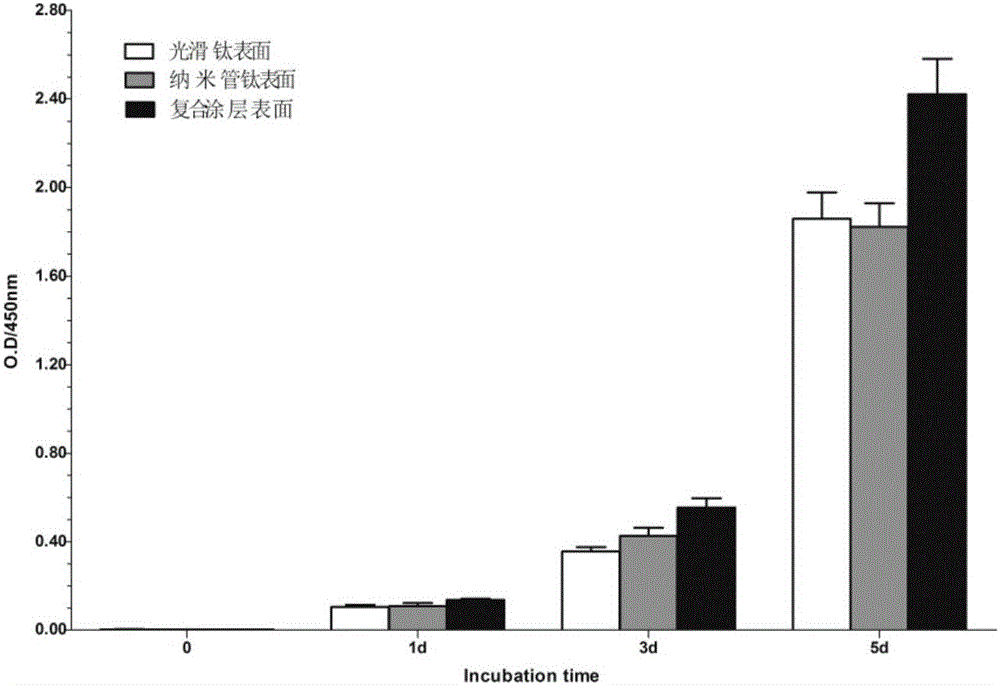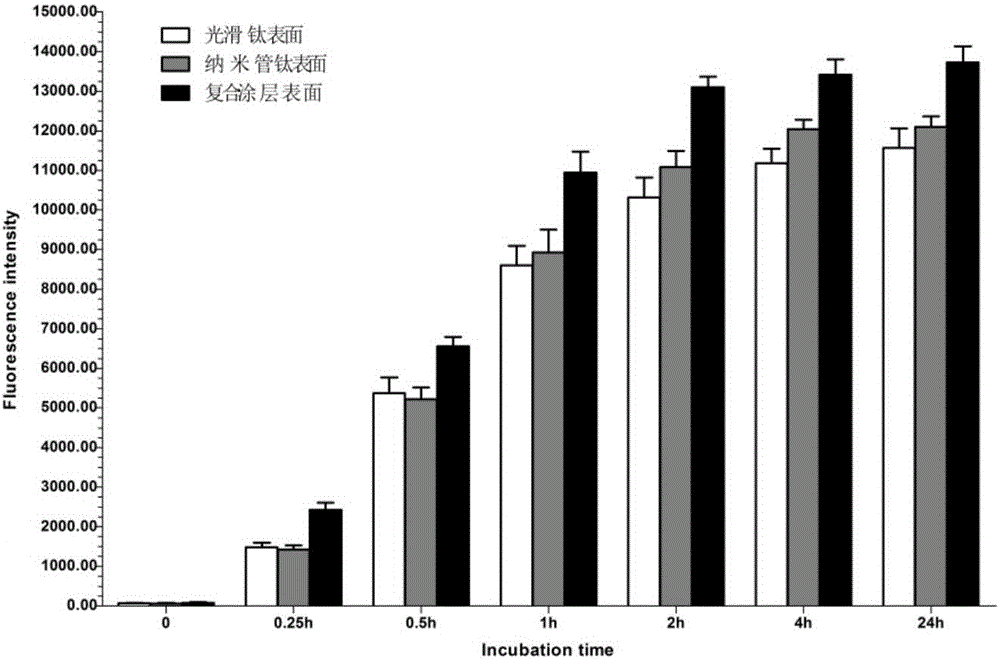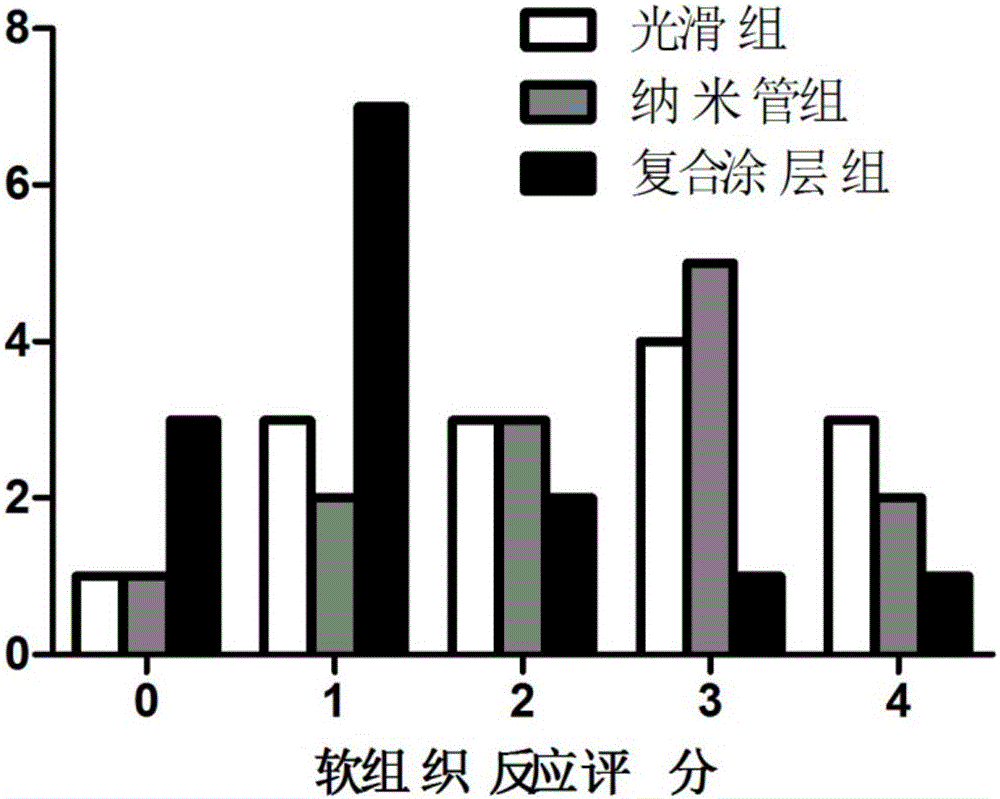Surface drug-loaded sustained-release maxillofacial implant percutaneous abutment and preparation method thereof
An abutment and slow-release technology, applied in dental implants, medical science, bone implants, etc., can solve the problem of high failure rate of maxillofacial percutaneous implants, and achieve the goal of resisting the invasion of bacteria and external stimuli on implants, The effect of reducing the failure rate and promoting the formation of biological bonds
- Summary
- Abstract
- Description
- Claims
- Application Information
AI Technical Summary
Problems solved by technology
Method used
Image
Examples
Embodiment Construction
[0030] The present invention will be further described in detail below in conjunction with specific embodiments, which are explanations of the present invention rather than limitations.
[0031] see Figure 4 , the preparation method of the surface drug-loaded slow-release maxillofacial implant percutaneous abutment disclosed by the present invention comprises the following steps:
[0032] (1) Preparation of titanium dioxide nanotube coating
[0033] ①Choose pure titanium and process it into a base body, polish it, clean it ultrasonically with acetone, absolute ethanol and deionized water in sequence, and dry it in vacuum.
[0034] ② Prepare titanium dioxide nanotube coating on the surface of the abutment by anodic oxidation, ultrasonic cleaning, vacuum drying, and radiation sterilization.
[0035] Anodizing method: prepare 1~2mol / L H 3 PO 4 and 0.3% HF mixed electrolyte, placed in an electromagnetic stirrer for continuous stirring. Take the dried abutment and put it into...
PUM
 Login to View More
Login to View More Abstract
Description
Claims
Application Information
 Login to View More
Login to View More - R&D
- Intellectual Property
- Life Sciences
- Materials
- Tech Scout
- Unparalleled Data Quality
- Higher Quality Content
- 60% Fewer Hallucinations
Browse by: Latest US Patents, China's latest patents, Technical Efficacy Thesaurus, Application Domain, Technology Topic, Popular Technical Reports.
© 2025 PatSnap. All rights reserved.Legal|Privacy policy|Modern Slavery Act Transparency Statement|Sitemap|About US| Contact US: help@patsnap.com



